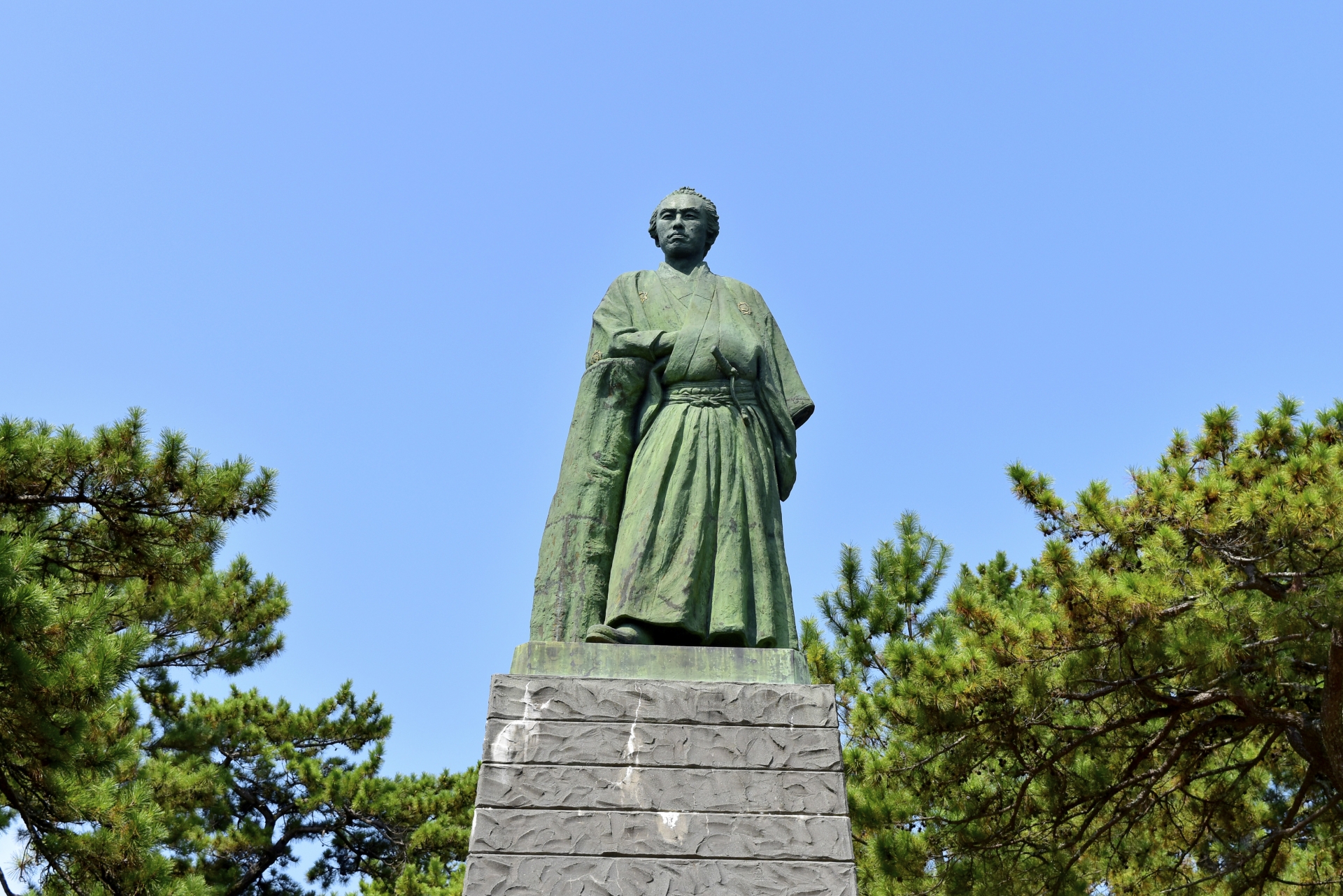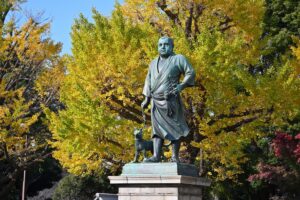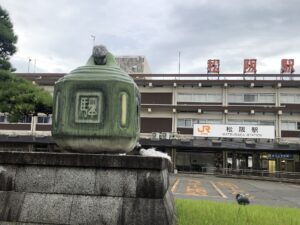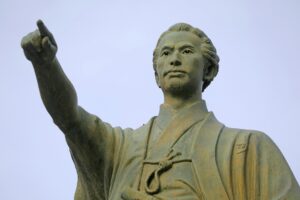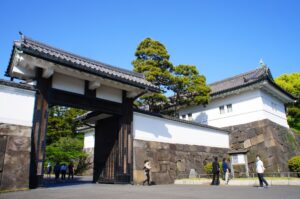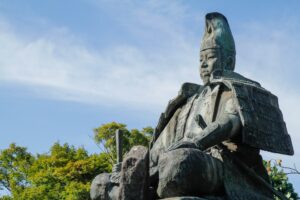Sakamoto Ryoma was a key figure in Japan’s transition from feudal rule to modern nationhood. Revered as a visionary, reformist, and peacemaker, his sudden assassination in 1867 shocked the nation. But why was he killed — and by whom? In this article, we explore the political intrigue, personal rivalries, and long-lasting impact of his untimely death — as well as the people closest to him, including his wife, Oryo.
Who Was Sakamoto Ryoma?
Sakamoto Ryoma was born in 1836 in the Tosa Domain (modern-day Kochi Prefecture) as a low-ranking samurai. Despite his modest status, Ryoma emerged as one of the most visionary leaders of the Bakumatsu era. Educated in both traditional samurai skills and inspired by Western political philosophy and technology, Ryoma advocated for the modernization of Japan. He believed in naval expansion, open diplomacy, and the dissolution of the rigid Tokugawa class structure in favor of a merit-based government.
Among Ryoma’s most significant accomplishments was brokering the historic Satsuma-Choshu Alliance in 1866, which unified two major domains that had been historical enemies. This alliance laid the groundwork for the eventual Meiji Restoration. Ryoma also proposed a visionary political roadmap known as the “Eight-Point Program,” which outlined constitutional governance, a national army, and economic reform.
His legacy is that of a peaceful reformer who aimed to transition Japan without bloodshed. Notably, Ryoma’s wife, Oryo (Narazaki Ryo), was a rare figure for her time. Brave and independent, she even saved Ryoma’s life during the Teradaya Incident and accompanied him on what is now considered Japan’s first honeymoon.

The Political Climate of the Bakumatsu Era
The late Tokugawa period, known as the Bakumatsu era (1853–1868), was a time of immense upheaval. Foreign powers forced Japan to open its ports, undermining the authority of the Tokugawa shogunate. This created deep rifts between imperial loyalists, who sought to restore power to the Emperor, and those loyal to the shogunate.
Ryoma emerged as a mediator in this chaotic landscape. He aligned himself with neither camp but instead envisioned a unified Japan led by capable individuals, regardless of class or heritage. His reforms challenged both the conservative samurai elite and radical imperialists. His advocacy for a peaceful transfer of power placed him in the crosshairs of multiple political factions.
Ryoma’s rising influence, lack of a strong backing domain, and controversial ideas made him politically vulnerable. As he facilitated dialogue and reform among rival domains, he simultaneously accumulated enemies who viewed him as a threat to their power or ideology.
The Night of the Assassination: What Happened?
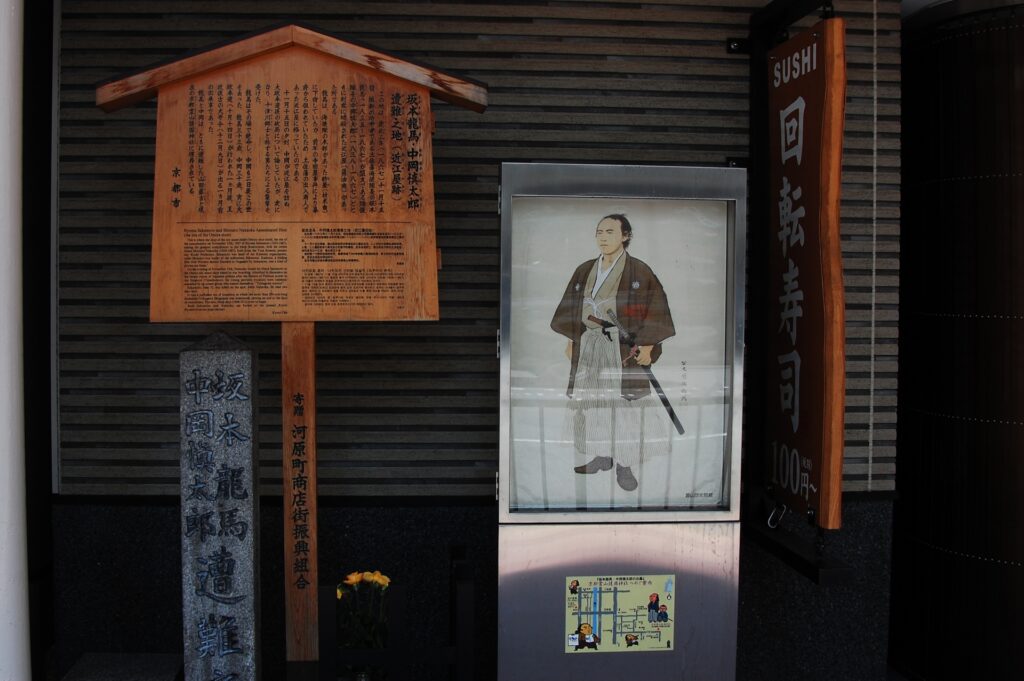
On the night of December 10, 1867, Sakamoto Ryoma was staying at the Omiya Inn in Kyoto. He was recuperating from a previous attack and was in a relatively weakened state. Despite his high profile and political significance, security around him was surprisingly lax. Only a few close aides were with him, including his bodyguard Nakaoka Shintaro.
The attackers struck swiftly and with deadly precision. They entered the second floor of the inn, where Ryoma and Nakaoka were staying, and fatally wounded both men. Nakaoka would survive for two more days but was unable to identify the killers.
The lack of immediate pursuit and limited eyewitness testimony left the crime unsolved. The political timing—just weeks before the Meiji Restoration—only deepened the mystery.
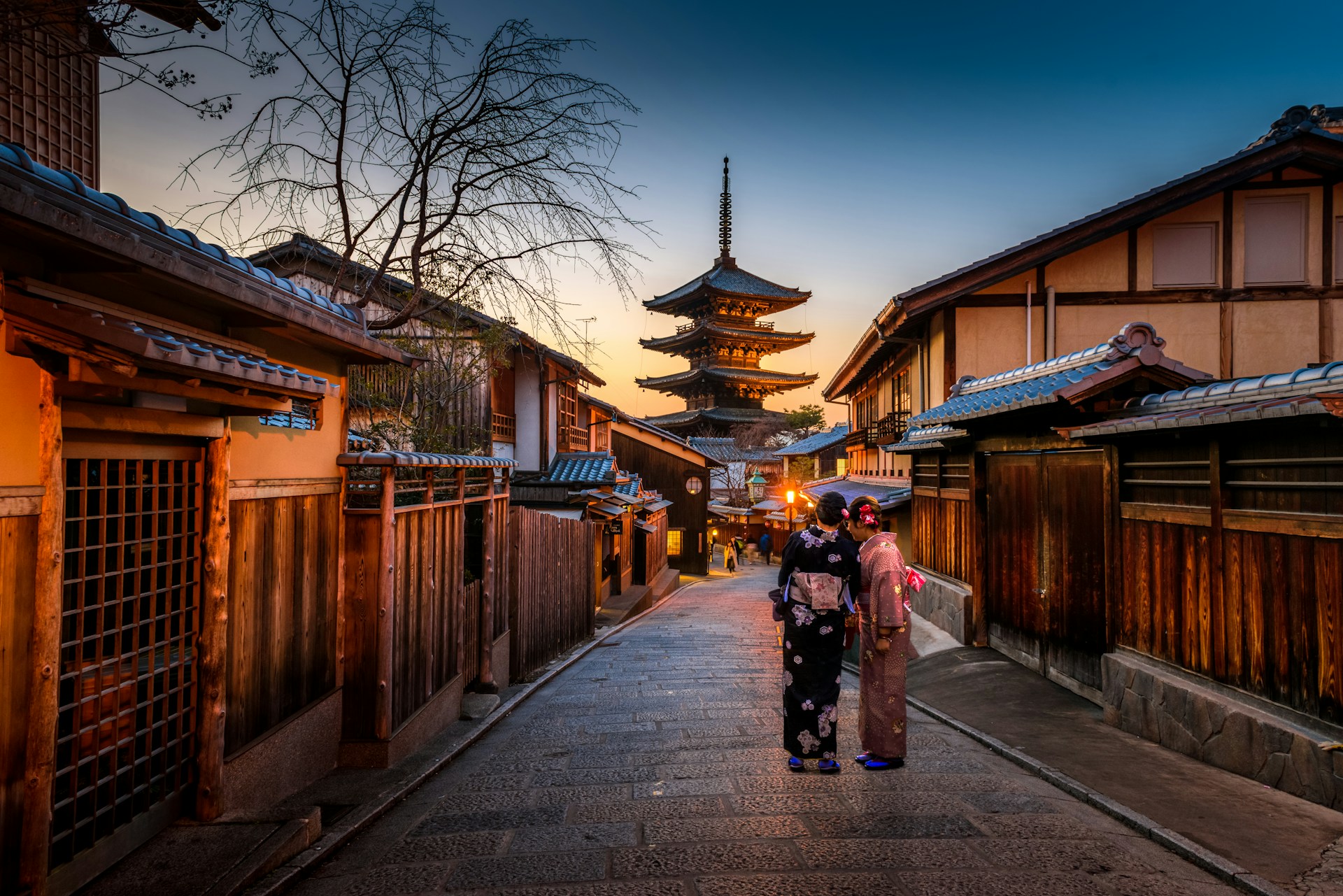
Who Killed Sakamoto Ryoma? Major Theories
Despite extensive speculation and investigations, the assassination remains unsolved. Historians and enthusiasts have proposed several plausible theories:
The Mimawarigumi Theory
The Mimawarigumi were elite police loyal to the Tokugawa shogunate. In 1870, former member Imai Nobuo confessed to participating in Ryoma’s assassination. He claimed it was retribution for Ryoma’s anti-shogunate activities. However, his confession came years later and under unclear circumstances, casting doubt on its reliability.
The Satsuma Conspiracy Theory
Another theory implicates factions within the Satsuma Domain, despite their apparent alliance with Ryoma. Some historians argue that elements within Satsuma may have viewed Ryoma as a liability or obstacle to their political ambitions. There were rumors of internal disagreements about the pace and nature of reform.
Other Theories and Unsolved Mysteries
Modern academics have explored a variety of possibilities, from lone-wolf samurai acting out of ideology to shadowy groups seeking to manipulate the power transition. The unresolved nature of the case has cemented Ryoma’s assassination in public imagination, frequently inspiring fiction, television dramas, and anime portrayals.
Sakamoto Ryoma’s Wife: Oryo, Japan’s First Honeymooner
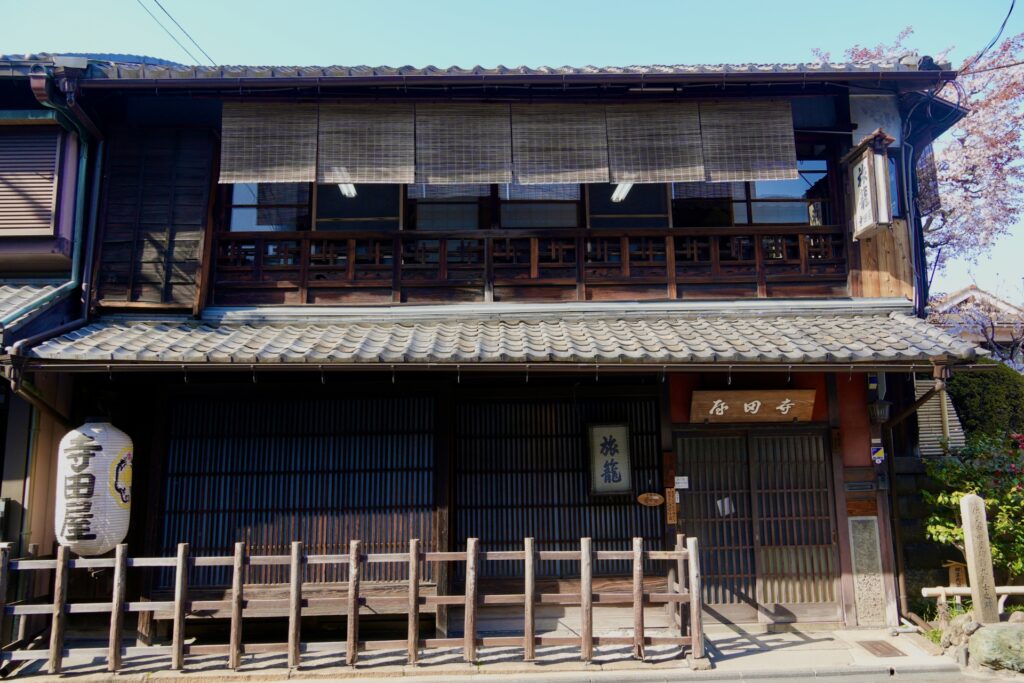
Narazaki Ryo, affectionately known as Oryo, was not only Ryoma’s wife but also an extraordinary woman in her own right. She met Ryoma while working at an inn in Kyoto. During the Teradaya Incident in 1866, she heroically warned Ryoma of an incoming attack, allowing him to narrowly escape.
Following the incident, Ryoma took Oryo on a therapeutic journey to the Kirishima hot springs—widely recognized as Japan’s first honeymoon. Their union defied samurai norms and illustrated Ryoma’s progressive views on women’s roles.

What Happened to Oryo After Ryoma’s Death?
After Ryoma’s death, Oryo faced a difficult life. She fell into poverty, eventually remarried, and lived away from the public eye. Despite societal stigma as the widow of a political martyr, her story remained influential. Today, she is often featured in historical novels, TV dramas, and exhibits. Her life serves as a lens through which to view women’s evolving roles in Japan.
Aftermath and Legacy
Ryoma’s death occurred mere weeks before the official start of the Meiji Restoration in 1868. His assassination was a national tragedy, and public mourning was widespread. In many ways, his death catalyzed his legend: the image of a reformer martyred before seeing the fruition of his dream.
Long-term, Ryoma became a symbol of modern Japanese identity. His belief in constitutional government, civil rights, and diplomacy influenced future generations of politicians and reformers. He is seen not just as a samurai but as a democratic visionary who laid the groundwork for modern Japan.
Ryoma in Popular Culture and Historical Tourism
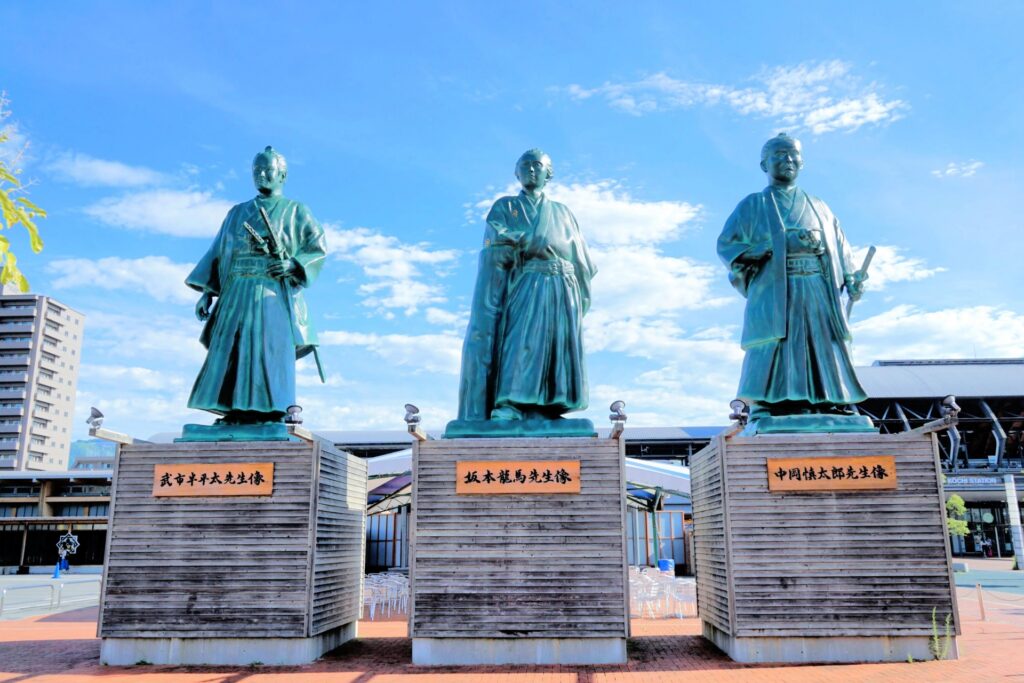
Ryoma’s life and mysterious death have inspired countless portrayals in Japanese pop culture. Dramas like Ryomaden, films, and even anime such as Rurouni Kenshin feature his ideals and persona. These stories often blend fact and fiction, reflecting public fascination with his legacy.
Historical tourism has flourished around Ryoma. Key destinations include:
- Kochi: His birthplace and home to the Sakamoto Ryoma Memorial Museum
- Kyoto: Site of the Omiya Inn and Teradaya
- Nagasaki: Where he founded Japan’s first private navy academy
Travelers can follow “Ryoma trails” and visit statues, reconstructed buildings, and local exhibits that honor his legacy.

Summary – Why Ryoma Still Matters Today
Sakamoto Ryoma was assassinated because he represented change in a time of uncertainty. His peaceful reformist vision threatened both the old guard and ambitious allies. Though the identity of his killers remains disputed, the reasons behind the attack are rooted in fear of the transformation he embodied.
Ryoma’s accomplishments—forging political alliances, advocating for modernization, and proposing a visionary government—cemented his place in history. His love for Oryo and his tragic death make his story deeply human.
Today, Ryoma endures not only as a national hero but as a symbol of courage, vision, and the enduring power of ideas. His assassination marked the end of one era and the beginning of another—an inflection point in Japan’s path to becoming a modern nation.

